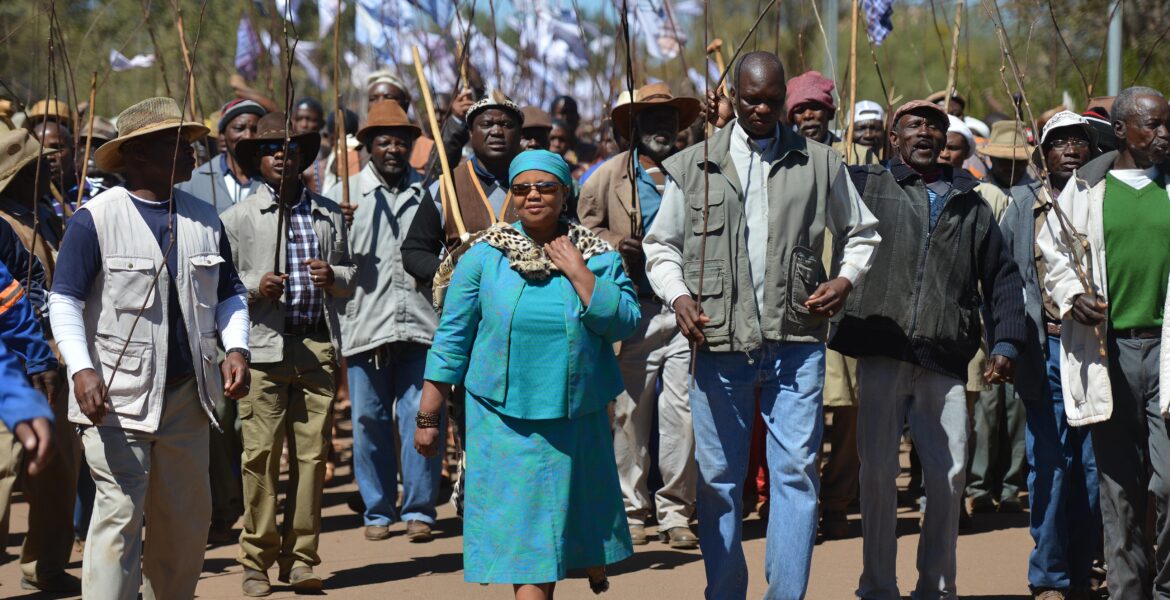- Report says potentially habitable land is relatively small
- High plasticity clay, marshy and swampy soil characterises much of the land
- Scope covered Ramotswa, Boatle and Otse
TEFO PHEAGE
A report compiled by Botswana Geoscience Institute (BGI) may have dealt a big blow to over 20 000 residential plot applicants on the waiting list of MaLete Land Board with its findings that only a small portion of the land targeted may be habitable.
This means that potential areas of residential expansion and forms of development may be much smaller than initially anticipated.
Commissioned by MaLete Land Board, the scope of the investigation covered the Ramotswa, Otse and Boatle territories with a sharp focus on geological, geotechnical, hydrogeological and topographical aspects.
BGI notes that the aim was to survey habitable land for future expansion and development of the areas.
According to the report, prohibitive factors in Ramotswa, for instance, are that about 71 percent of the area is covered by high plasticity clayey soils with dangers of causing cracks in houses. In Boatle, identified challenges are a marshy and swampy environment of the Taung River flood plain.
The report says it would take a lot of upgrading to make it habitable, and that even then there are concerns that this may not work in some instances.
Some areas were considered high flood risk and may need further assessment. In Otse, almost the entire area assessed (91.6 percent) was found to be covered by silty sand dipping down to depths greater than 0.8m.
In the report, physical planning experts recommend that under such circumstances authorities should come up with strict guidelines for development as failure to do so may attract catastrophic consequences.

